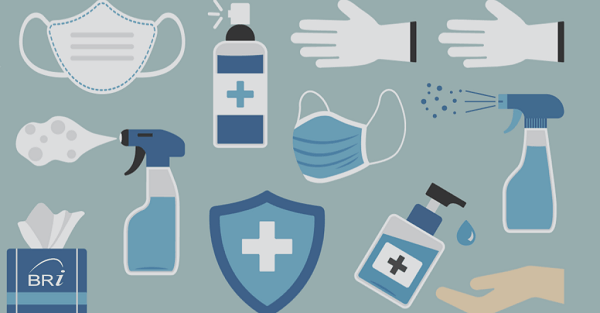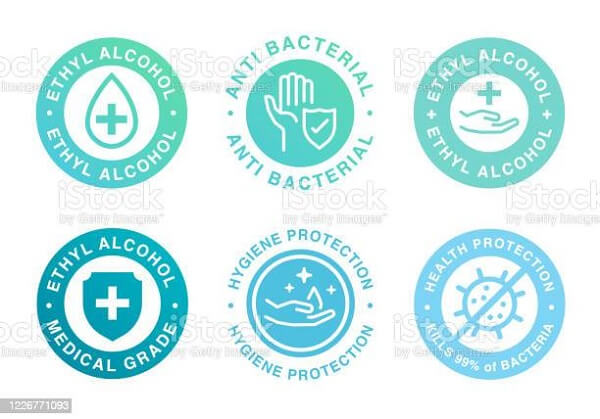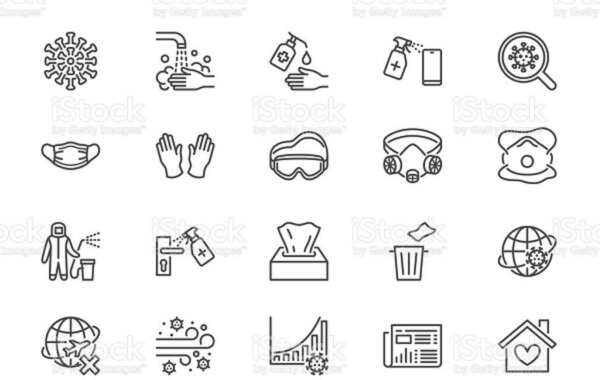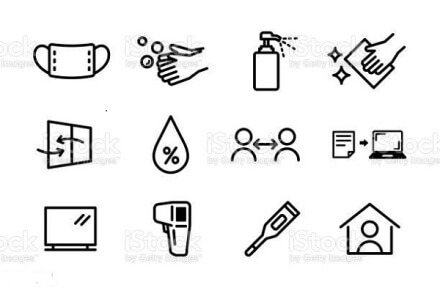Antiseptic definitionDefinitionAn antiseptic is a chemical that inhibits or retards microbial development. To lower the danger of infections during surgery and other treatments, they are routinely employed in hospitals & other healthcare settings. 
If you've ever seen a surgeon doing any surgery, you've undoubtedly seen them wiping their arms and hands with something orange. This is a disinfectant. In medical contexts, a variety of antiseptics are used. They consist of skin preparations, hand cleansers, and hand massages. Some may be purchased over-the-counter (OTC) for usage at home. What Distinguishes a Disinfectant from an Antiseptic?Disinfectants and antiseptics destroy bacteria, and the phrases are sometimes used synonymously. Antiseptics are also referred to as skin disinfectants, which further the misunderstanding. In a clinical context, a doctor could use an antiseptic on the patient's surgical site and a disinfectant to clean the operating table. Yet, there is a significant distinction between disinfectants and antiseptics. The body is treated with an antiseptic, while nonliving things like worktops and handrails are treated with disinfectants. Chemical substances often referred to as biocides are present in antiseptics and disinfectants. One typical component found in both disinfectants and antiseptics is hydrogen peroxide. Yet, compared to disinfectants, antiseptics often have lower biocide concentrations. Surgery
The publication of Joseph Lister's article Antiseptic Principles of the Profession of Surgery in 1867, motivated by Louis Pasteur's germ hypothesis of putrefaction, marked the beginning of the widespread use of antiseptic surgical techniques. In this essay, Lister promoted phenol as a technique for guaranteeing the death of any germs present. This work was foreshadowed in part by: Galen (c. 130-200 BC), Hippocrates (c. 400 BC), and Sumerian clay tablets from 2150 BC all support the use of comparable methods. Galen's theory, which had persuaded ancient and medieval surgeons to leave pus in wounds, was opposed by medieval surgeons Hugh of Lucca, Theoderic of Servia, and his student Henri de Mondeville. They recommended using warm wine to soak the dressing for ten days while it was left on, draining the wound, washing the wound's margins, and treating the injury after suturing if required. Galenist Guy de Chauliac and others educated in the classical tradition fiercely attacked their beliefs. Florence Nightingale made significant contributions to the Royal Commission on the Health of the Army report (1856-1877) based on her earlier work Oliver Wendell Holmes, Sr. publicly released The Contagiousness of Puerperal Fever in 1843 Ignaz Semmelweis published The Cause, Concept, and Prophylaxis of Childbed Disease in 1861, summarizing experiments and observations since 1847. What are the Uses of Antiseptics?There are several applications for antiseptics in and outside of the medical field. They are administered to the skin or mucous membranes in both situations. Uses for an antiseptic specifically include:

What kinds of Antiseptics are There?Antiseptics are often grouped according to their chemical composition. All varieties clean the skin, but some have different applications. They are used for both bladder irrigation and open wounds. They aid in the healing of burns and wounds. Typical kinds with a range of applications include:
Around eight different types of substances may be used to split up antiseptics. These groups may be further split into smaller chemicals that kill germs by indiscriminately reacting with organic substances (peroxides, iodine, and phenols) and larger molecules that damage bacterial cell walls.
How Safe are Antiseptics?If put on the skin without even being diluted with water, several potent antiseptics might result in chemical burns and severe irritation. Antiseptics, even when dilute, may irritate the skin when used over extended periods. Irritant contact dermatitis is the medical term for this kind of irritation. Only use an antiseptic for one week if you use one at home. OTC antiseptics should not be used on more severe wounds, such as: eye damage animal or human bites cause severe or extensive wounds severe burns and puncture wounds with foreign items A physician or an urgent care facility best manages these. If you've been using an antiseptic to treat a wound that doesn't appear to be healing, you should see a doctor. FDA GuidelinesAs of December 20, 2018, the Food and Drug Administration (FDA) will no longer allow 24 components in over-the-counter antiseptics. This is because there is uncertainty about how long these substances can stay in the body and little information about their effectiveness and safety. Most of these substances, except triclosan, are absent from mainstream antiseptics. Therefore the prohibition has little effect on the antiseptics on the market. Manufacturers have already begun upgrading their goods to eliminate triclosan and any other prohibited substances. 
The conclusionAntiseptics are chemicals that aid in preventing the development of bacteria on the skin. They are often employed in medical settings to lower the danger of infection and inhibit the transmission of germs. Even though they are typically safe, prolonged use is best avoided.
Next TopicClassification Definition
|
 For Videos Join Our Youtube Channel: Join Now
For Videos Join Our Youtube Channel: Join Now
Feedback
- Send your Feedback to [email protected]
Help Others, Please Share










